I don't think you quite understand how this balancer works. The value of V7 is not particularly important and it does not correspond to cell voltage or number of cells. The voltage of 43.2V seems to have been chosen to yield the highest efficiency for that specific circuit so that anyone playing with it would see the best performance results (in regard to efficiency).
However, that same circuit will just as readily run off of 8V or 58V. The current draw will be more or less the higher or lower the voltage and thus the overall efficiency will change some, but it will still balance the cells without any issue.
It is a little irritating as the datasheet mislabels those coupled inductors as transformers, as they are not being used as transformers, they're being used as coupled inductors. Transformers transfer energy magnetically, while an inductor stores energy magnetically to be released at later point in time. They're two very different things.
if you take an inductor and add a second winding (or simply split the existing one) such that you have two windings on the same core, you still can use it just like an inductor. The only difference is the stored energy will be released through whichever winding(s) have a conductive path to receive the stored magnetic energy.
This split inductor arrangement is what a flyback "transformer" is. It's just an inductor with extra tricks, and works by storing energy in a magnetic field and then releasing it through a different winding. This provides isolation and, in the case of this chip, has been cleverly used to make what is effectively a 2 switch buck-boost converter for each cell.
By varying the duty cycle ratio of a given flyback transformer's two windings, it can buck or boost the input voltage to whatever is needed. The main limiting factor of the input voltage is the MOSFETs you select, but the chip itself will only see ~22V or so (up to 25V depending on the state of the cells) from C6 to V-. The max rating across C6 and V- pins is 36V, so it's good it can buck down a voltage like 43.2V which would destroy the chip if connected directly across those two pins!
This is a really neat chip and the nice thing about it is you have a huge range of voltages that you can potentially use. The main constraint is efficiency and staying below current limits.
As for the schematic that mentions 'up to cell 12', they mean you can add a second chip and continue the daisy chain to as many as 12 cells. And there are examples of even more. But the LTC3300-1 is definitely a 6 cell balancer and they want you to buy several of them for more than that.
For 3 cells, just omit the the unused sections from the circuit.

